Antibiotic resistance is one of the biggest public health challenges of our time. In 2013, CDC published a comprehensive analysis outlining the top 18 antibiotic-resistant threats in the U.S., titled Antibiotic Resistance Threats in the United States, 2013 (AR Threats Report). The report sounded the alarm to the danger of antibiotic resistance, stating that each year in the U.S., at least 2 million people get an antibiotic-resistant infection, and at least 23,000 people die.
The report ranked the 18 threats (bacteria and fungi) into three categories based on level of concern to human health—urgent, serious, and concerning—and identified:
- Minimum estimates of morbidity and mortality from antibiotic-resistant infections
- People at especially high risk
- Gaps in knowledge about antibiotic resistance
- Core actions to prevent infections caused by antibiotic-resistant bacteria, and slow spread of resistance
- What CDC was doing at that time to combat the threat of antibiotic resistance
The data below is pulled from the 2013 Threats Report. CDC is working towards releasing an updated AR Threats Report in fall 2019.
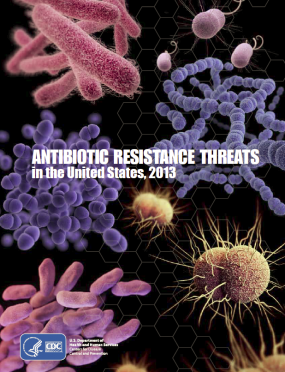
Urgent Threats
- Clostridioides difficile
- Carbapenem-resistant Enterobacteriaceae (CRE)
- Drug-resistant Neisseria gonorrhoeae
Serious Threats
- Multidrug-resistant Acinetobacter
- Drug-resistant Campylobacter
- Fluconazole-resistant Candida
- Extended-spectrum Beta-lactamase producing Enterobacteriaceae
- Vancomycin-resistant Enterococcus (VRE)
- Multidrug-resistant Pseudomonas aeruginosa
- Drug-resistant non-typhoidal Salmonella
- Drug-resistant Salmonella Serotype Typhi
- Drug-resistant Shigella
- Methicillin-resistant Staphylococcus aureus(MRSA)
- Drug-resistant Streptococcus pneumoniae
- Drug-resistant Tuberculosis
Concerning Threats
- Vancomycin-resistant Staphylococcus aureus (VRSA)
- Erythromycin-Resistant Group A Streptococcus
- Clindamycin-resistant Group B Streptococcus
Urgent Threats
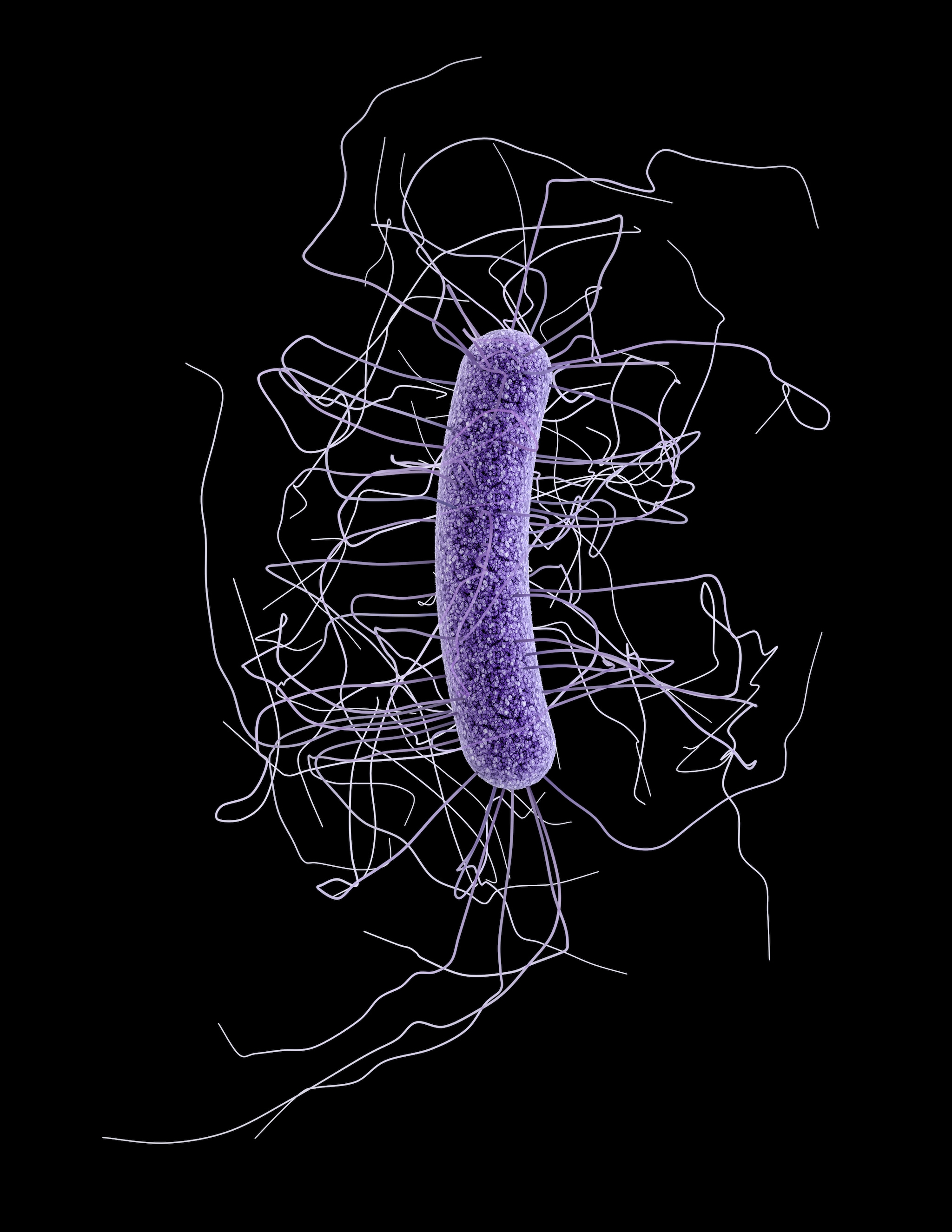
Type: Bacteria
Also known as: C. difficile or C. diff, previously Clostridium difficile
About: C. difficile causes life-threatening diarrhea and colitis (an inflammation of the colon), mostly in people who have had both recent medical care and antibiotics
Infections per year: 500,000*
Deaths per year: 15,000*
Learn more: CDC’s C. difficile website
*Updated data from a 2015 CDC study. This data is not reflected in the AR Threats Report.
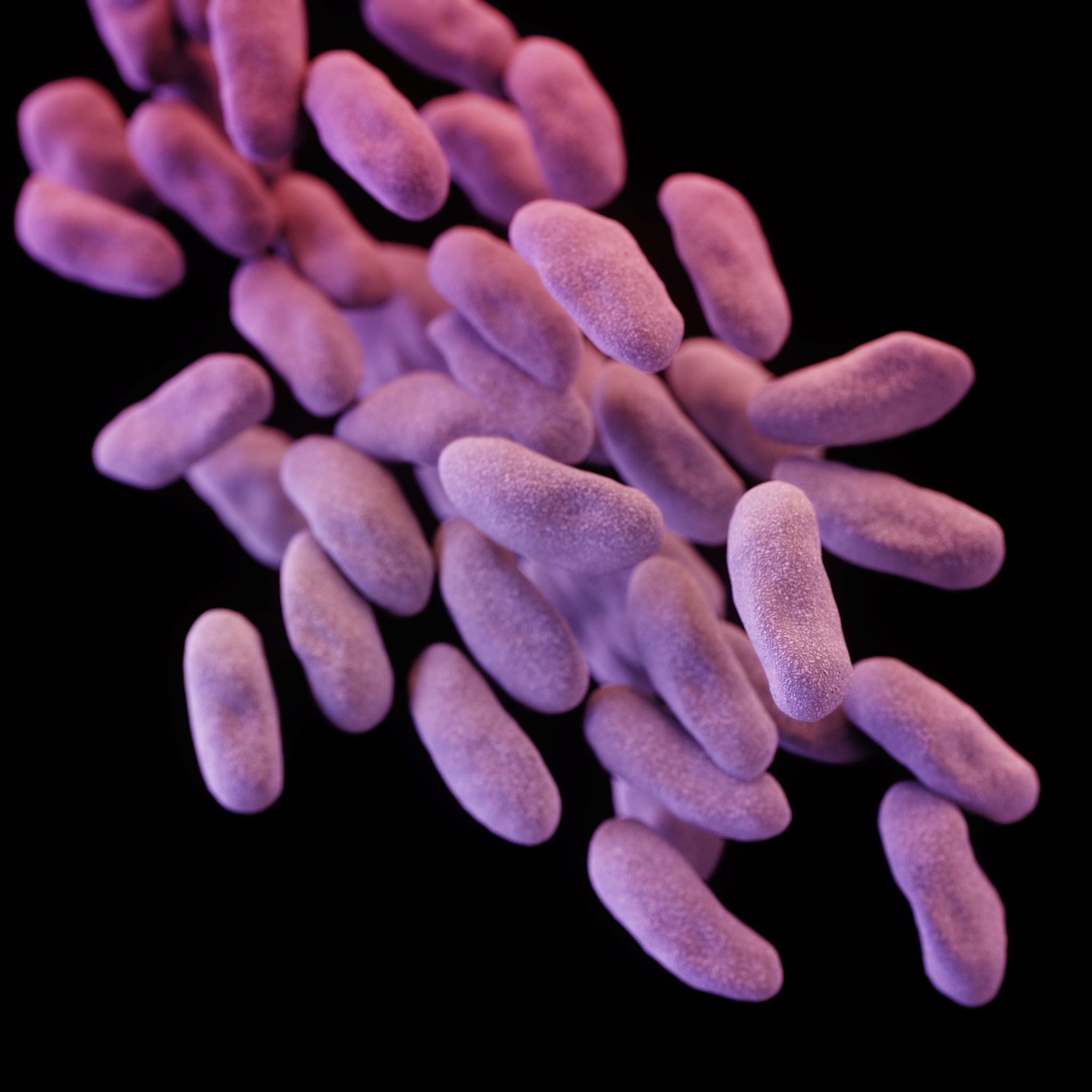
Type: Bacteria
Also known as: Nightmare bacteria
About: Some Enterobacteriaceae (a family of germs) are resistant to nearly all antibiotics, including carbapenems, which are often considered the antibiotics of last resort
Drug-resistant infections per year: 9,000
Deaths per year: 600
Learn more: CDC’s CRE website

Type: Bacteria
About: N. gonorrhoeae causes the sexually transmitted disease gonorrhea, and has progressively developed resistance to the antibiotic drugs prescribed to treat it
Infections per year: 246,000
Learn more: CDC’s antibiotic-resistant gonorrhea website
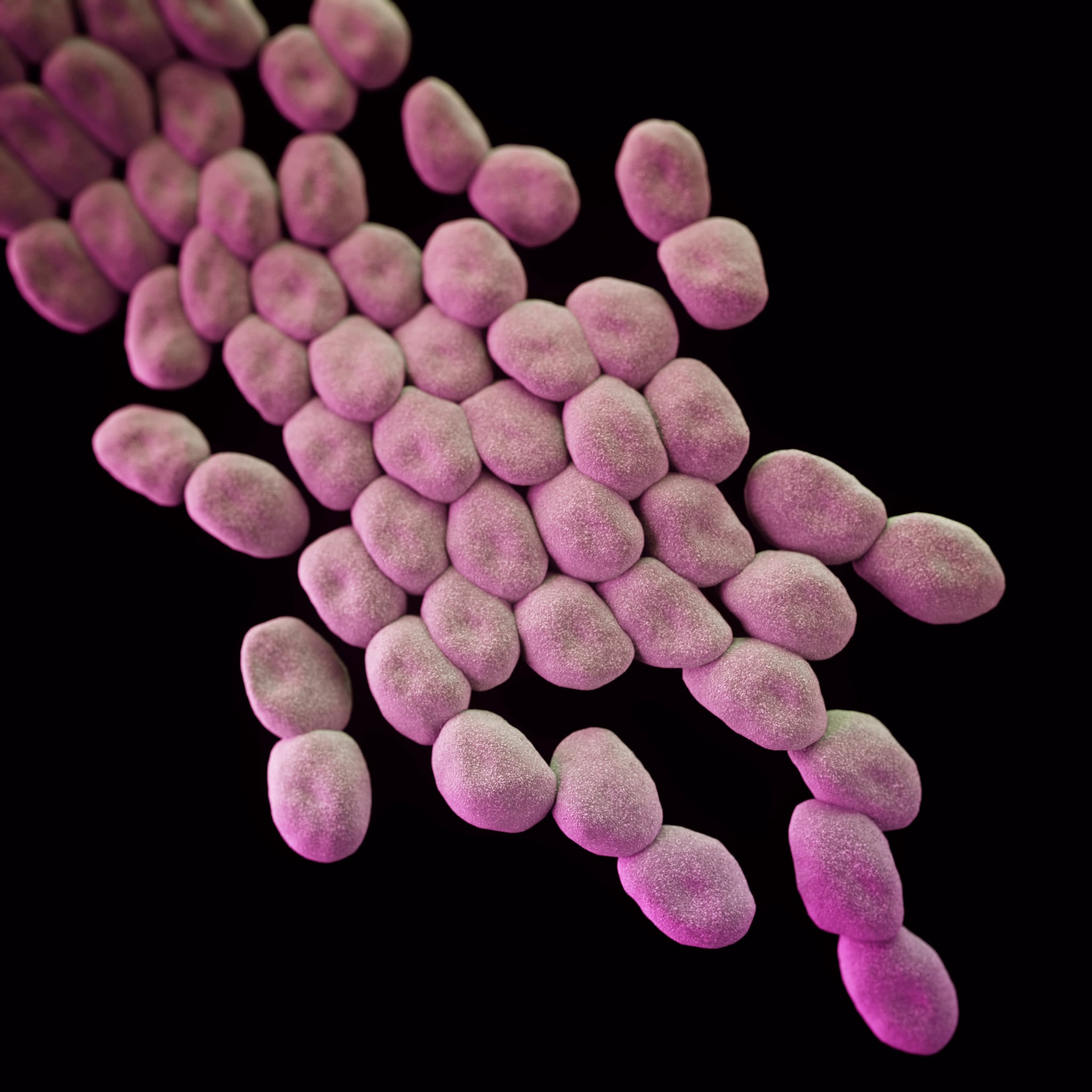
Type: Bacteria
About: People with weakened immune systems, including hospitalized patients, are more at risk of getting an Acinetobacter infection, which is resistant to many commonly prescribed antibiotics
Multidrug-resistant infections per year: 7,300
Deaths per year: 500
Learn more: CDC’s Acinetobacter website

Type: Bacteria
Also known as: Campy
About: Campylobacter usually causes diarrhea, fever, and abdominal cramps, and can spread from animals to people through contaminated food, especially raw or undercooked chicken
Drug-resistance infections per year: 310,000
Learn more: CDC’s Campylobacter website

Type: Fungus
About: Candida yeasts normally live on skin and mucous membranes without causing infection; however, overgrowth of these microorganisms can cause symptoms to develop
Fluconazole-resistant Candida infections per year: 3,400
Deaths per year: 220
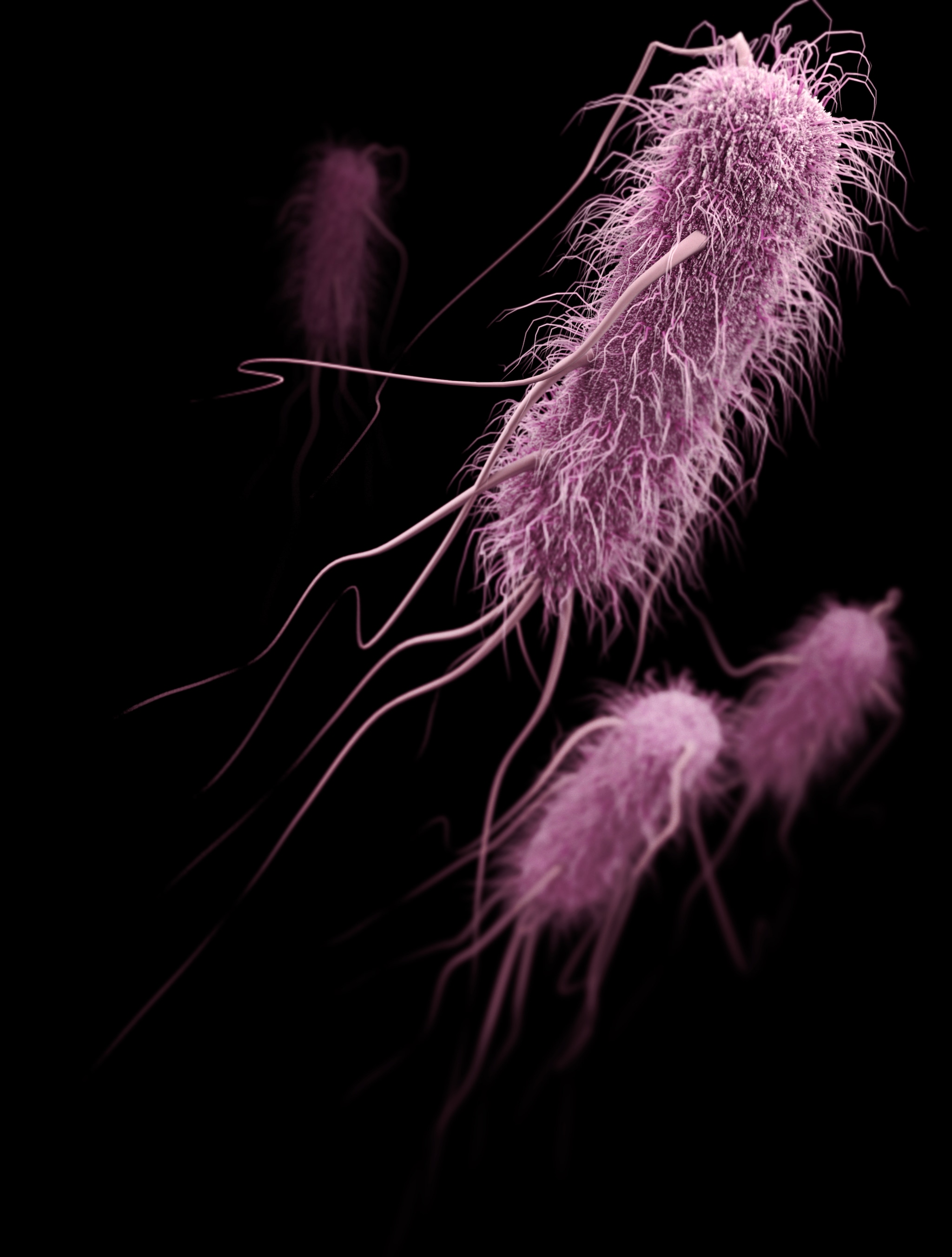
Type: Bacteria
Also known as: ESBL, or extended-spectrum β-lactamase
About: ESBL-producing Enterobacteriaceae are resistant to strong antibiotics, including extended spectrum cephalosporins
- ESBL is an enzyme that allows bacteria to become resistant to a wide variety of penicillin and cephalosporin drugs
- Bacteria that contain this enzyme are known as ESBLs or ESBL-producing
Drug-resistant infections per year: 26,000
Deaths per year: 1,700
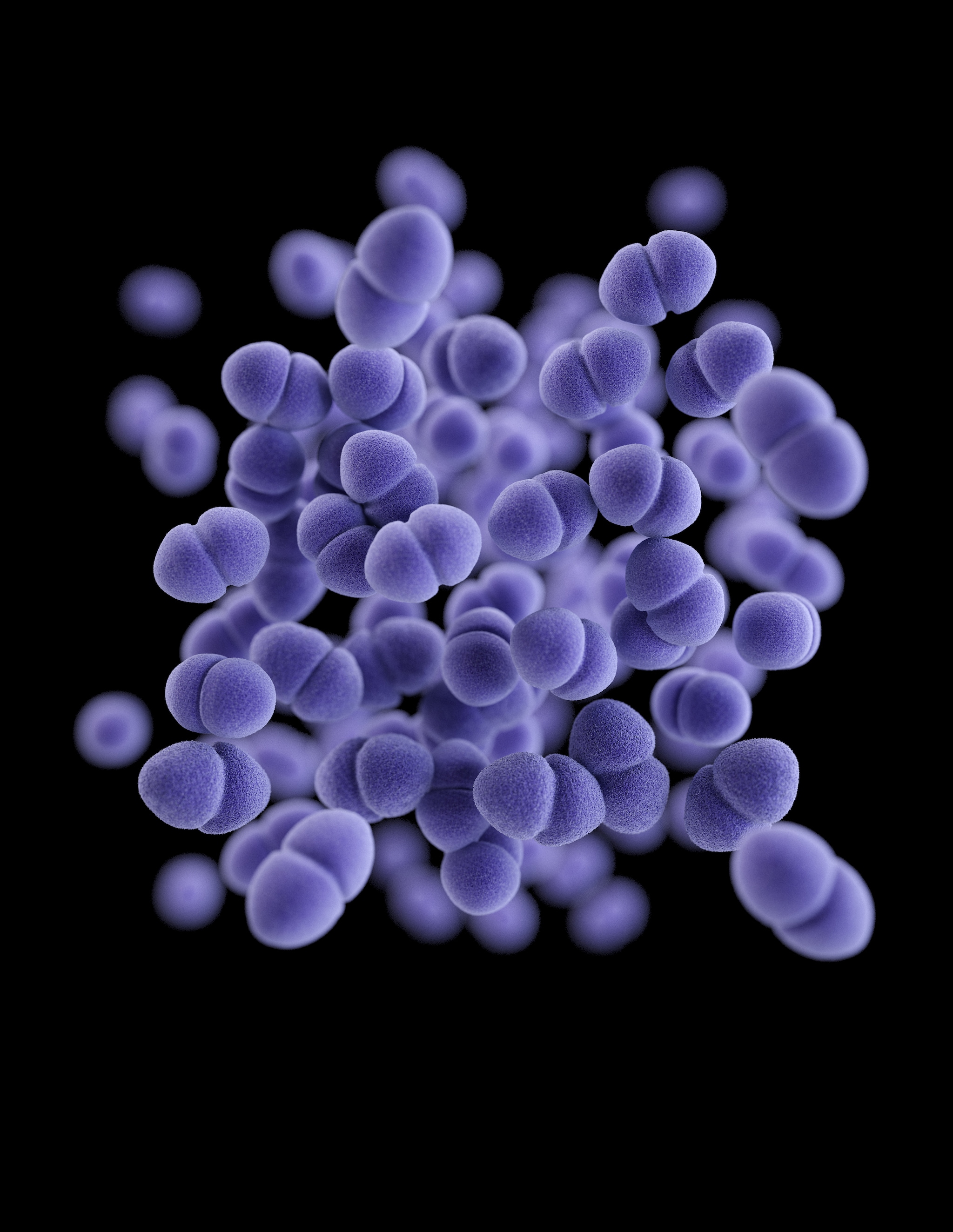
Type: Bacteria
Also known as: VRE
About: Enterococci cause a range of illnesses, mostly among patients receiving healthcare
Drug-resistant Enterococcus infections per year: 20,000
Deaths per year: 1,300
Learn more: CDC’s VRE in Healthcare Settings website

Type: Bacteria
Also known as: P. aeruginosa
About: Serious Pseudomonas infections usually occur in people with weakened immune systems, making it a common cause of healthcare-associated infections
Multidrug-resistant Pseudomonas infections per year: 6,700
Deaths per year: 440
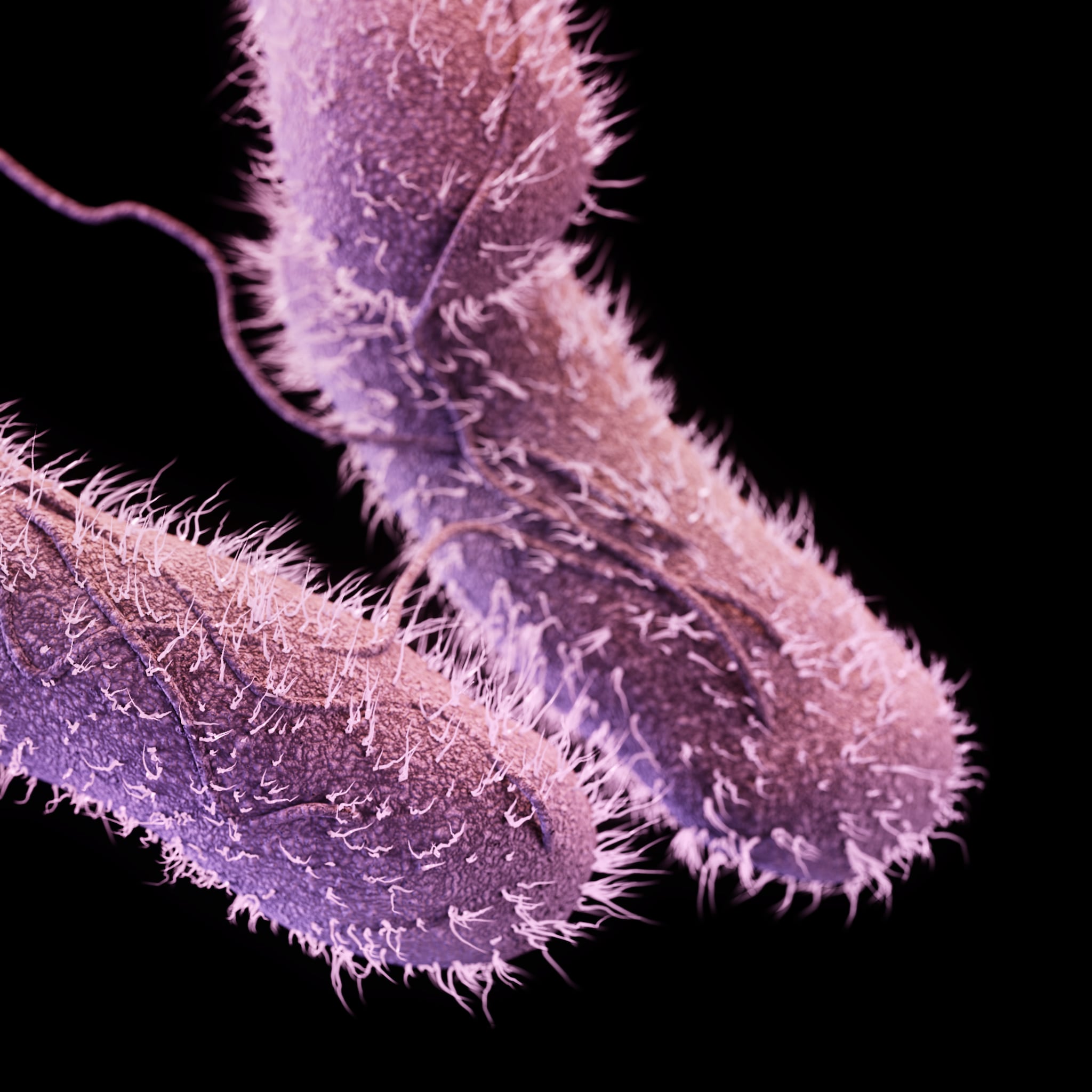
Type: Bacteria
- Non-typhoidal Salmonella includes serotypes (a subdivision of a species) other than Typhi, Paratyphi A, Paratyphi B, and Paratyphi C
About: Salmonella spreads from animals to people mostly through food, and usually causes diarrhea, fever, and abdominal cramps
Drug-resistant Salmonella infections per year: 100,000
Learn more: CDC’s Salmonella website
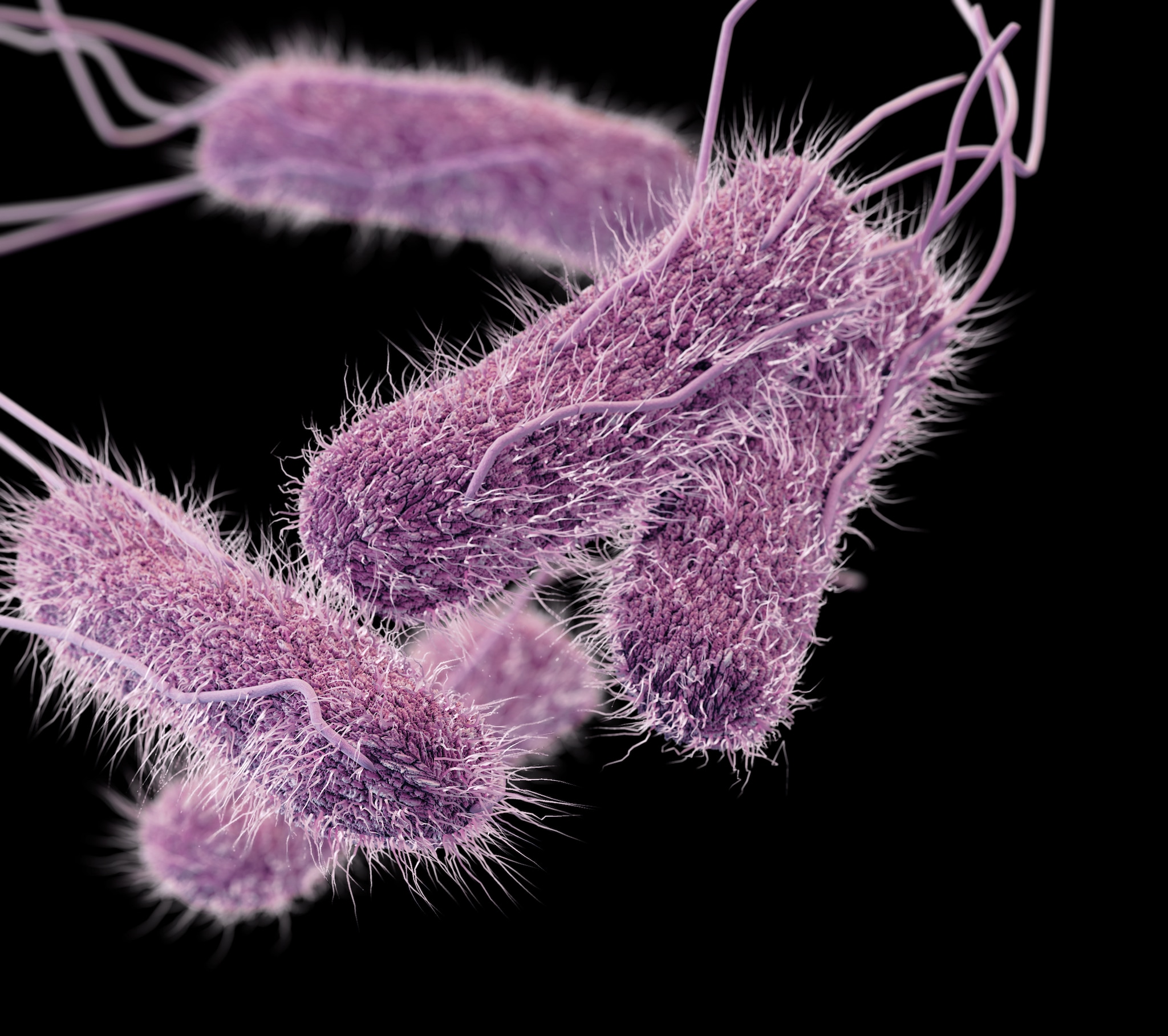
Type: Bacteria
Also known as: typhoid fever
About: Salmonella Typhi causes a serious disease called typhoid fever, and is spread by contaminated food and water
Drug-resistant Salmonella Typhi per year: 3,800
Learn more: CDC’s Typhoid Fever website
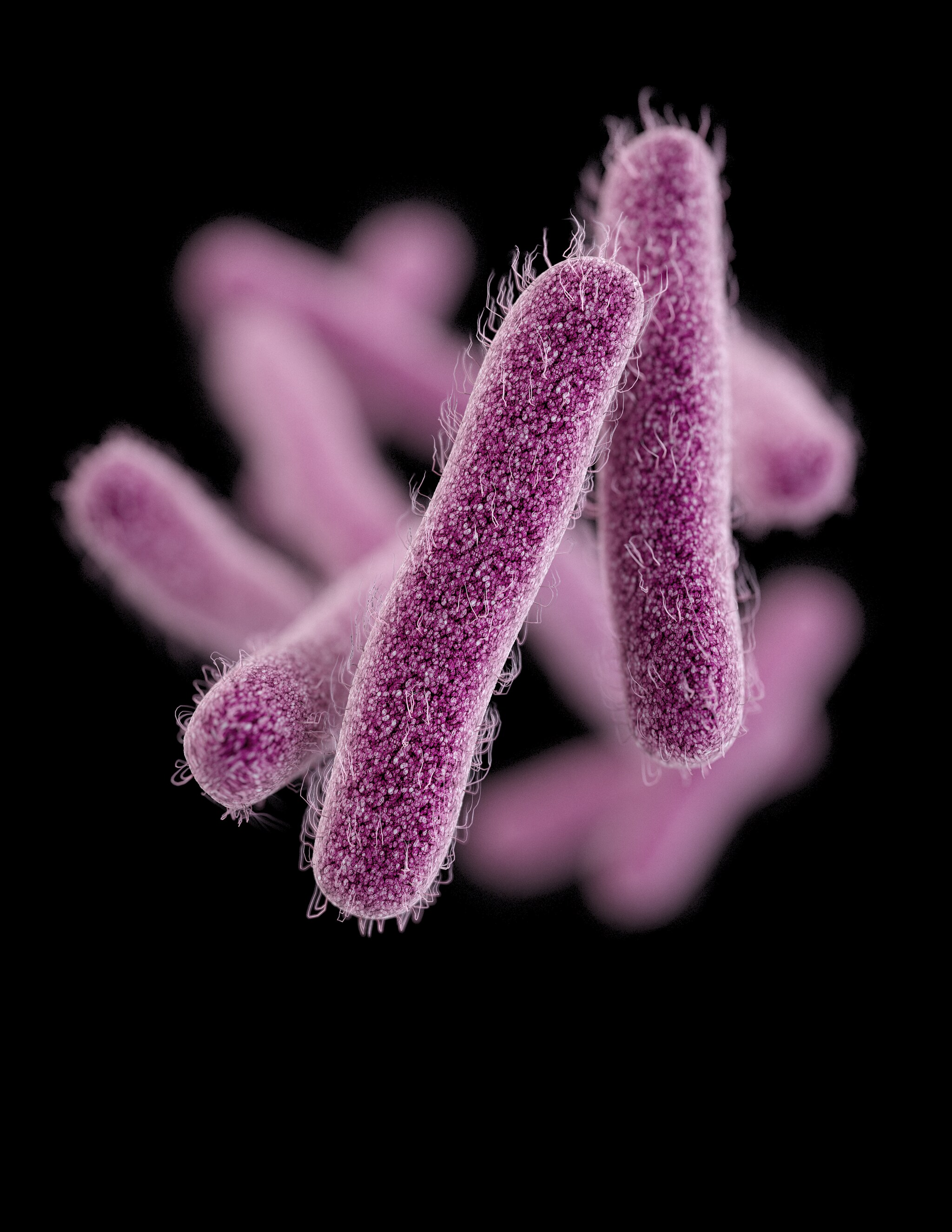
Type: Bacteria
About: Shigella spreads in feces through direct contact or through contaminated surfaces, food, or water, and most people infected with Shigella develop diarrhea, fever, and stomach cramps
Drug-resistant infections per year: 27,000
Learn more: CDC’s Shigella website
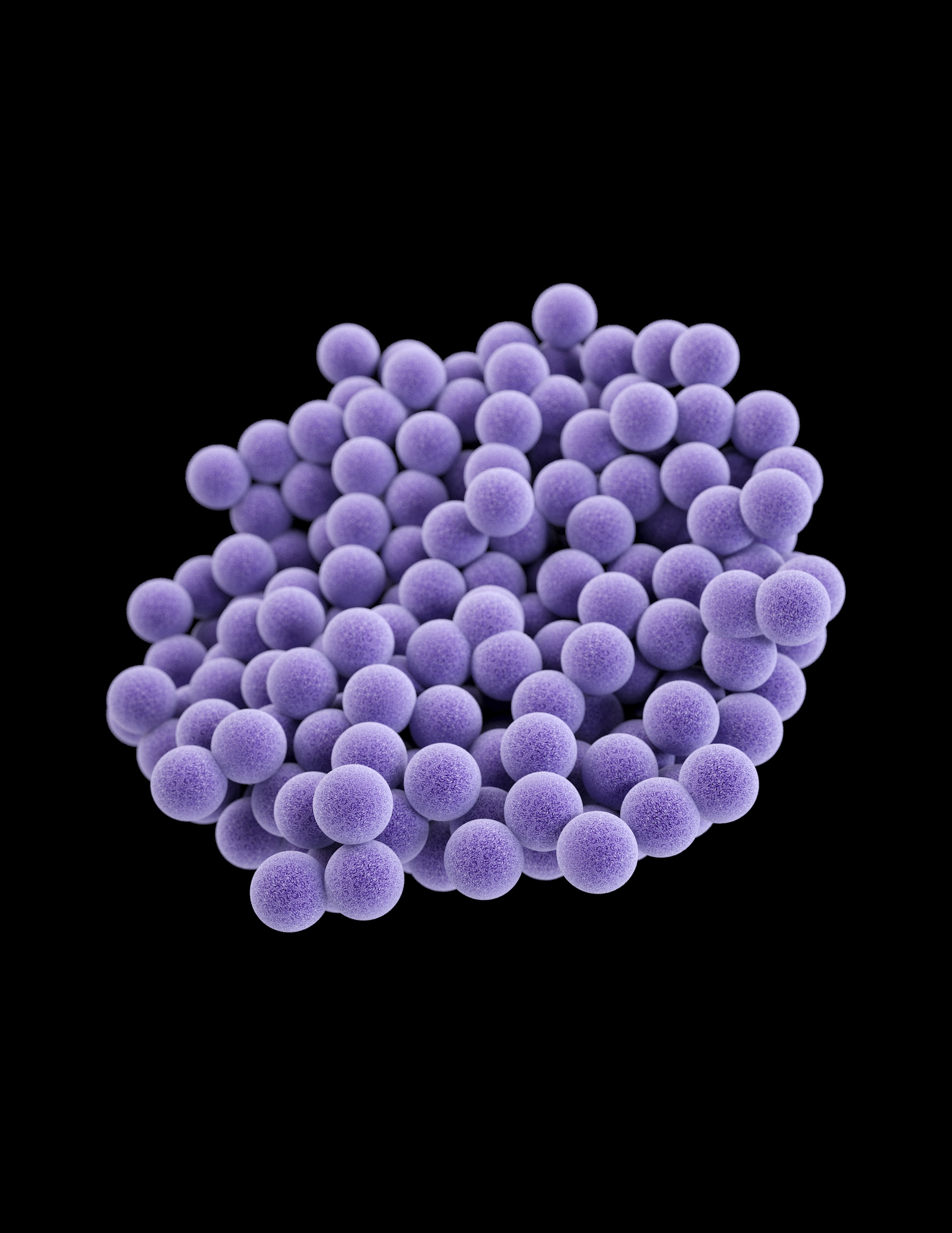
Type: Bacteria
Also known as: MRSA, resistant staph (short for Staphylococcus), resistant S. aureus
About: MRSA is S. aureus that has become resistant to certain antibiotics called beta-lactams, including methicillin
- Patients in healthcare settings frequently get severe or potentially life-threatening infections, and people can also get MRSA in their community
Severe MRSA infections per year: 80,461
Deaths per year: 11,285
Learn more: CDC’s MRSA website
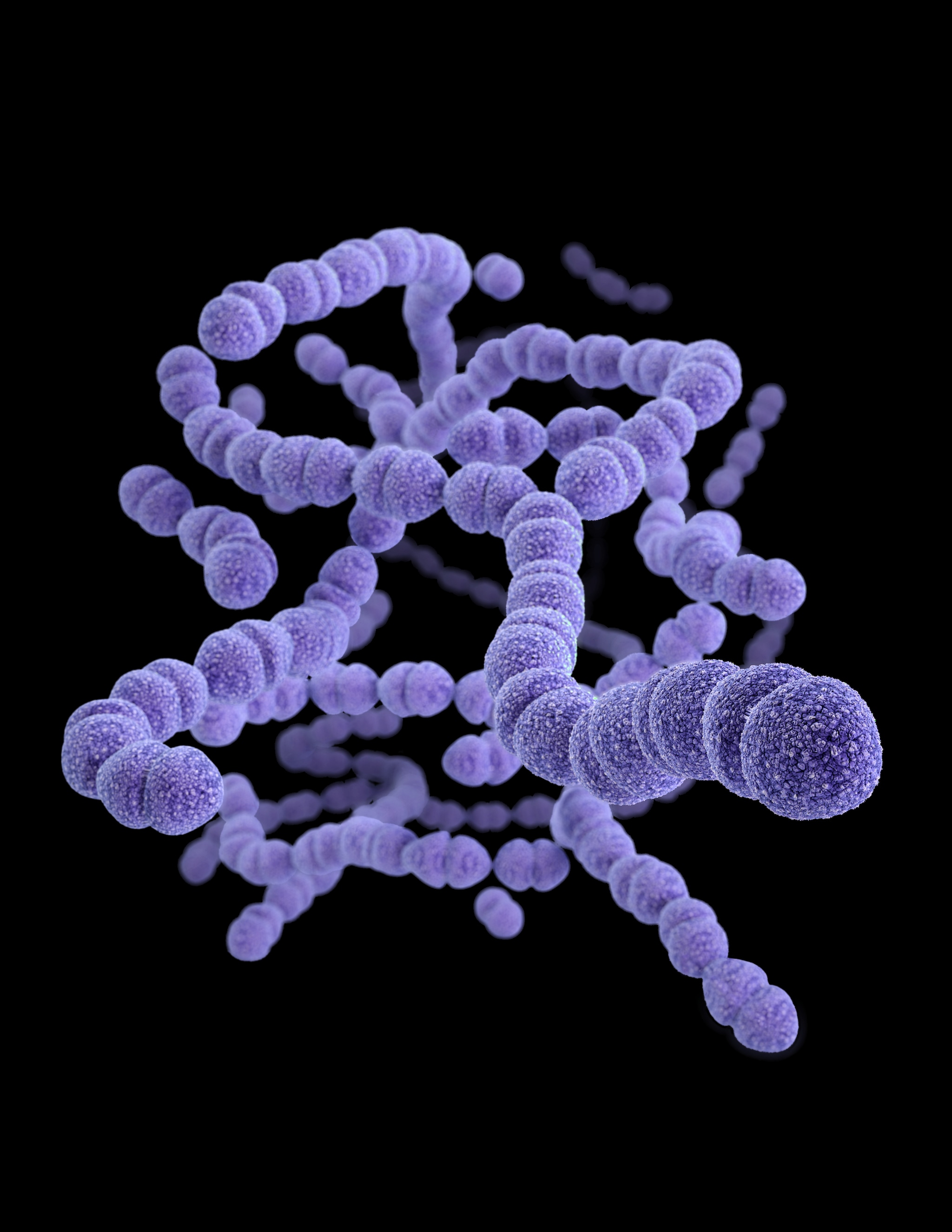
Type: Bacteria
Also known as: S. pneumonia, pneumococcus
About: S. pneumoniae causes pneumococcal disease, which can range from ear and sinus infections to pneumonia and bloodstream infections
Drug-resistant infections per year: 1.2 million
Hospitalizations per year: over 19,000
Deaths per year: 7,000
Learn more: CDC’s S. pneumoniae website
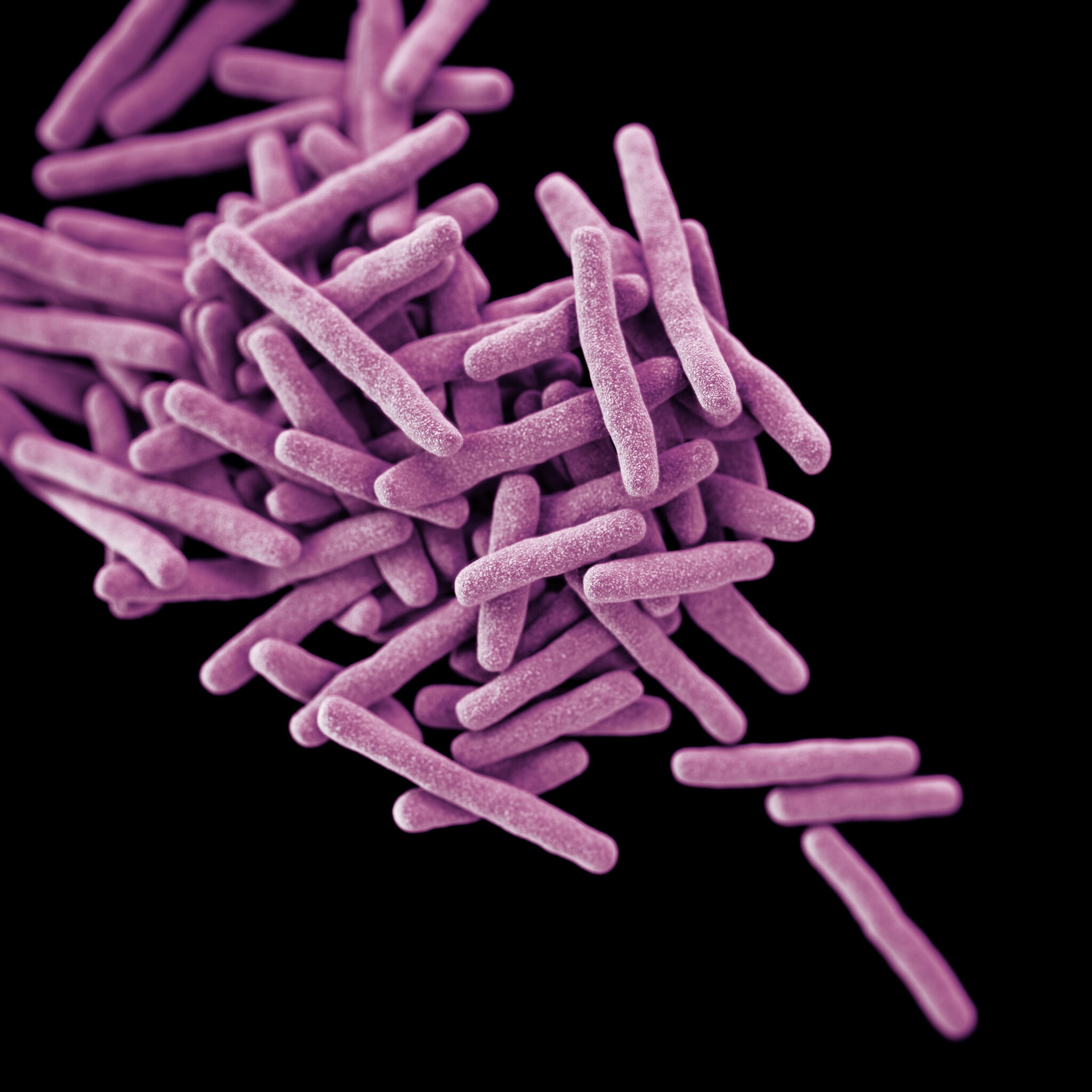
Type: Bacteria
Also known as: TB, multidrug-resistant TB (MDR TB), or extensively drug-resistant TB (XDR TB), Mycobacterium tuberculosis (M. tuberculosis)
About: TB is caused by the bacteria M. tuberculosis, and is among the most common infectious diseases and a frequent cause of death worldwide
Drug-resistant TB cases in 2011: 1,042
Learn more: CDC’s TB website

Type: Bacteria
Also known as: VRSA, resistant staph (short for Staphylococcus), resistant S. aureus
About: VRSA is S. aureus that has become resistant to the antibiotic vancomycin, the antibiotic most frequently used to treat serious S. aureus infections
Cases 2002-2013: 13 in 4 states
Learn more: CDC’s VRSA website
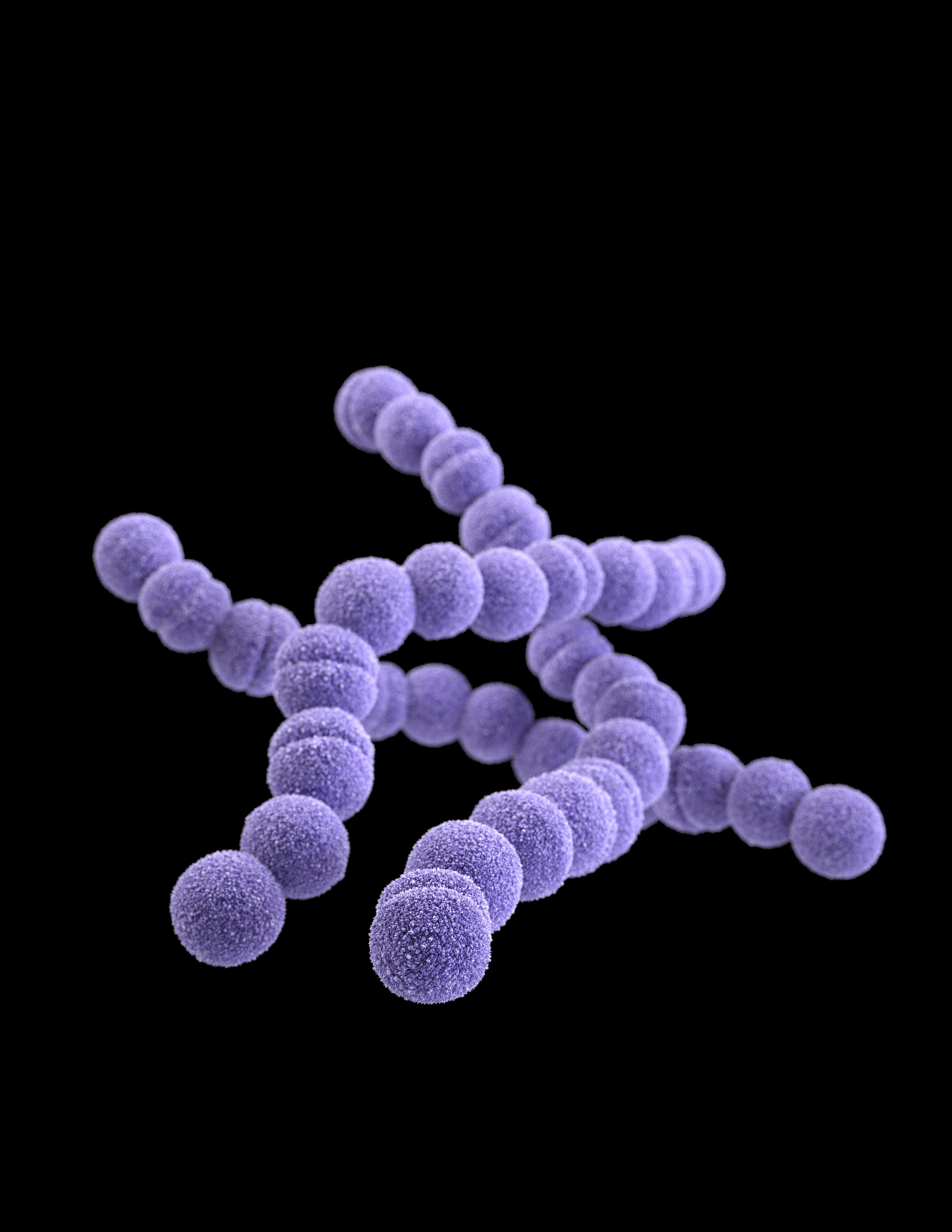
Type: Bacteria
Also known as: resistant group A strep, GAS
About: Group A strep can cause many different infections that range from minor illnesses to very serious and deadly diseases, including strep throat, scarlet fever, and others
Drug-resistant infections per year: 1,300
Deaths per year: 160
Learn more: CDC’s GAS website
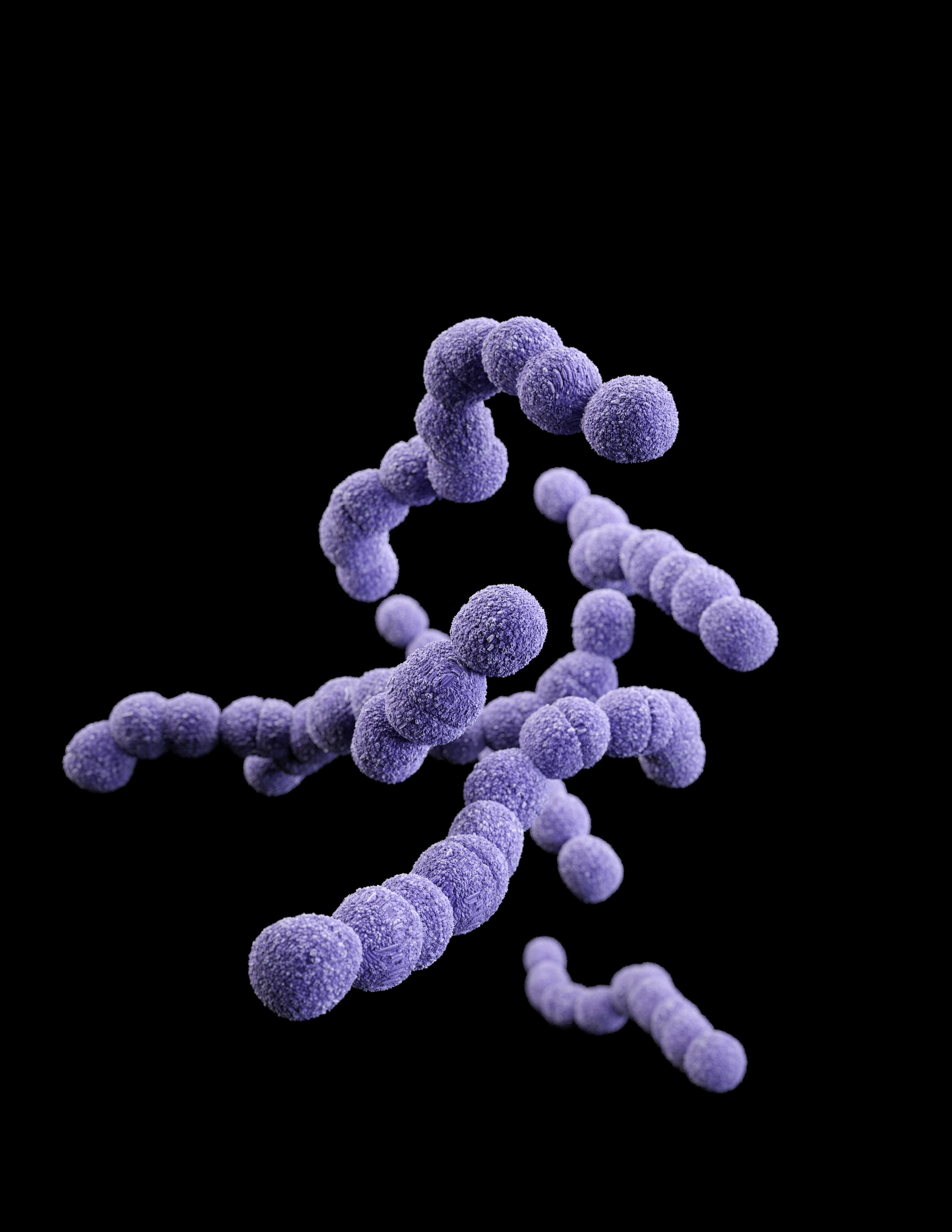
Type: Bacteria
Also known as: resistant group B strep, GBS
About: Group B strep can cause severe illness in people of all ages
Drug-resistant infections per year: 7,600
Deaths per year: 440
Learn more: CDC’s GBS website





















.png)









No hay comentarios:
Publicar un comentario